How To Protect Trees From Deer
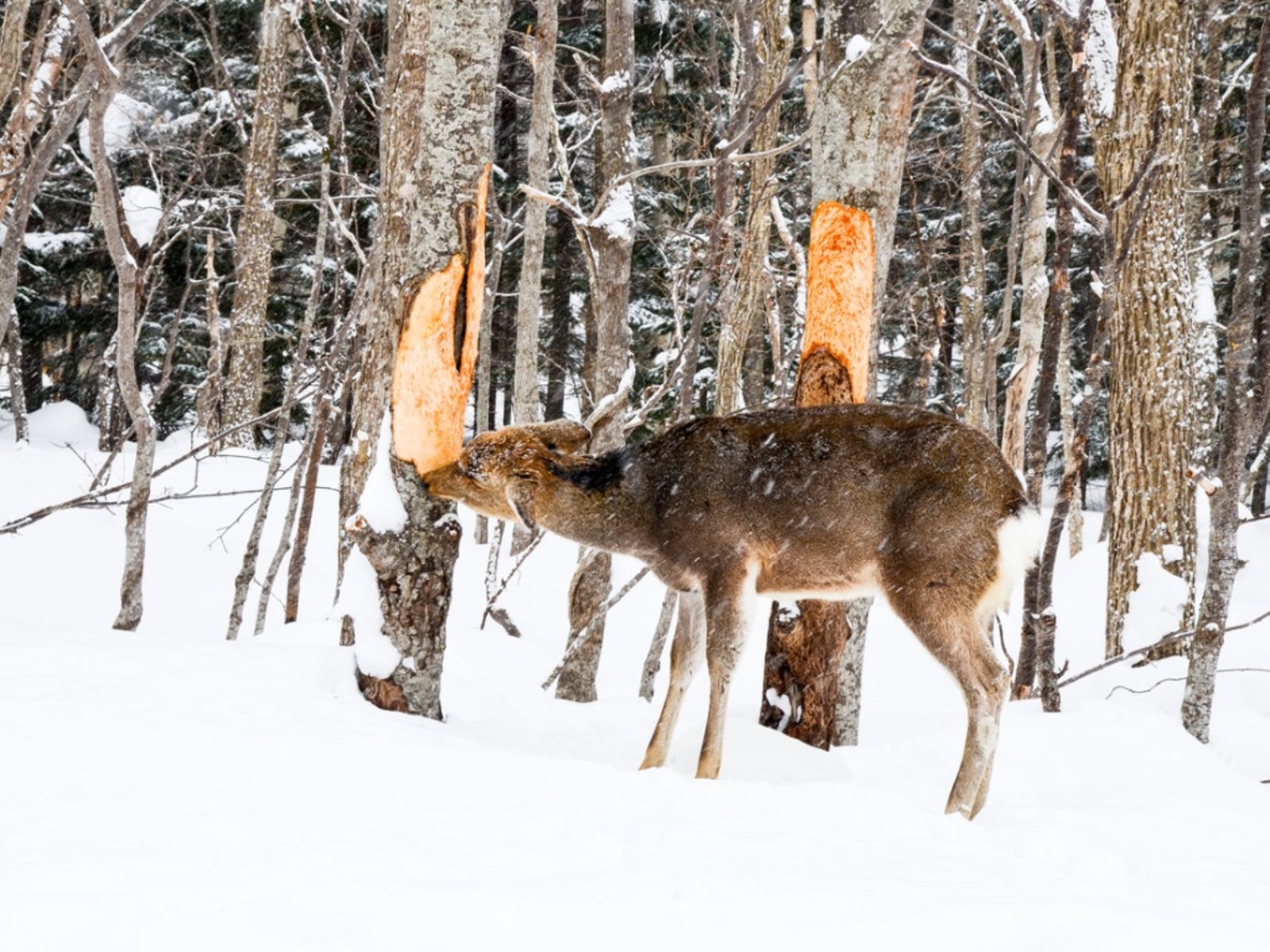

Deer damage to trees is most often the result of males rubbing and scraping their antlers against the tree, causing significant damage. This is done to remove the velvet. Once this velvet is removed, deer may continue to polish their antlers by rubbing up and down the trunk. Deer also rub trees during mating season to attract females or to mark their territory, warning other males to stay away. This activity can result in broken branches and torn tree bark. Damaged trees, especially young ones, cannot transport nutrients or water, which is vital for the tree's survival. In addition to rubbing trees, deer may also paw at the soil around them and urinate on the area. They will chew on branches too; however, pruning the lower branches may help protect trees from deer chewing.
Keeping Deer Away from Trees
Since deer usually return to the same location, it is important to know how to protect trees from deer, especially if the trees have previously been damaged. There are several options for keeping deer away from trees. Trees can be surrounded with fencing or other suitable barriers to offer deer rub tree protection. The use of deer repellents can also be used for keeping deer away from trees.
Fencing and Tree Guards for Deer
Fencing is the most effective way to protect trees from deer. If you have many trees, surround the entire area with woven-wire fencing. However, in order to be effective, it must be at least 6 to 8 feet (2 m.) high and angled about thirty degrees. It is well known that deer are good jumpers and will clear vertical fences without difficulty. Another way to provide protection is to wrap chicken wire around the trunk. Tree guards made of mesh plastic netting offer protection from deer. These can be spiral or welded. Tree guards simply wrap around the tree but still allow it to grow naturally. They are often available in rolls and can be cut to the required length. Plastic tubes or pipes can also be fitted around the trunks of trees in an effort to protect trees from deer.
Protect Trees from Deer with Repellents
Deer repellents may offer temporary solutions. Repellents may be either contact or area. Contact repellents taste bad to deer. When using a contact repellent, the tree should be treated up to 6 feet (2 m). While there are numerous types of repellents available, many people choose to make their own. An egg and water mixture, for instance, is said to be effective. Applying contact repellents on the tree should prevent chewing; however, it may not stop rubbing of its antlers. Area repellents emit foul odors, which can deter deer from the general area. This type of deer repellent may be more effective for deer rub tree protection. Some people cut pieces of deodorant soap, placing them in mesh bags, and hanging the bags to tree branches (replacing monthly). Deer do not like the smell of the soap and are more likely to stay away. There are many resources available on how to protect trees from deer. As with most anything, finding what method works for you is the key to keeping deer away from trees.
Gardening tips, videos, info and more delivered right to your inbox!
Sign up for the Gardening Know How newsletter today and receive a free copy of our e-book "How to Grow Delicious Tomatoes".

Nikki Tilley has been gardening for nearly three decades. The former Senior Editor and Archivist of Gardening Know How, Nikki has also authored six gardening books.
-
 Get Ready For A Summer Of Hummers! Grow These Full Sun Hummingbird Plants and Flowers
Get Ready For A Summer Of Hummers! Grow These Full Sun Hummingbird Plants and FlowersIf you’re lucky enough to enjoy a sunny backyard, make sure you are maxing out on your pollinator opportunities and grow these full sun hummingbird plants and flowers
By Tonya Barnett
-
 12 Lush Alternatives To A Lawn For Sustainable Spaces
12 Lush Alternatives To A Lawn For Sustainable SpacesAlternatives to a lawn are beautiful and also beneficial to your local ecosystem and its pollinators. Explore our top picks for plants to replace grass.
By Tonya Barnett
-
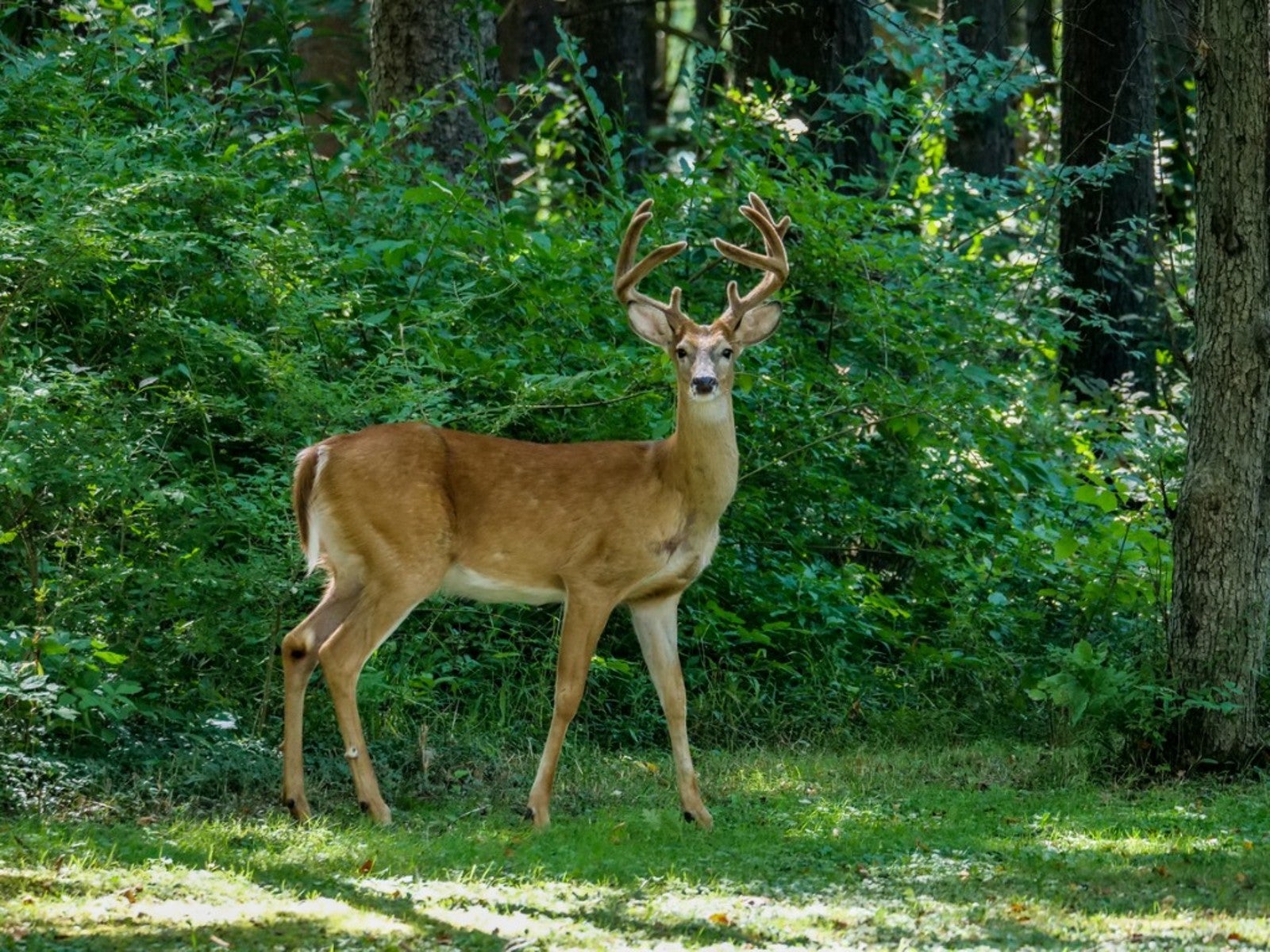 Deter Deer And Prevent Ticks By Getting Rid Of Honeysuckle
Deter Deer And Prevent Ticks By Getting Rid Of HoneysuckleWe don’t usually think of sweet-smelling honeysuckle as being unsafe, but the deer love it. and where there are deer there are often ticks. Read on for more reasons to avoid non-native honeysuckles.
By Mary Ellen Ellis
-
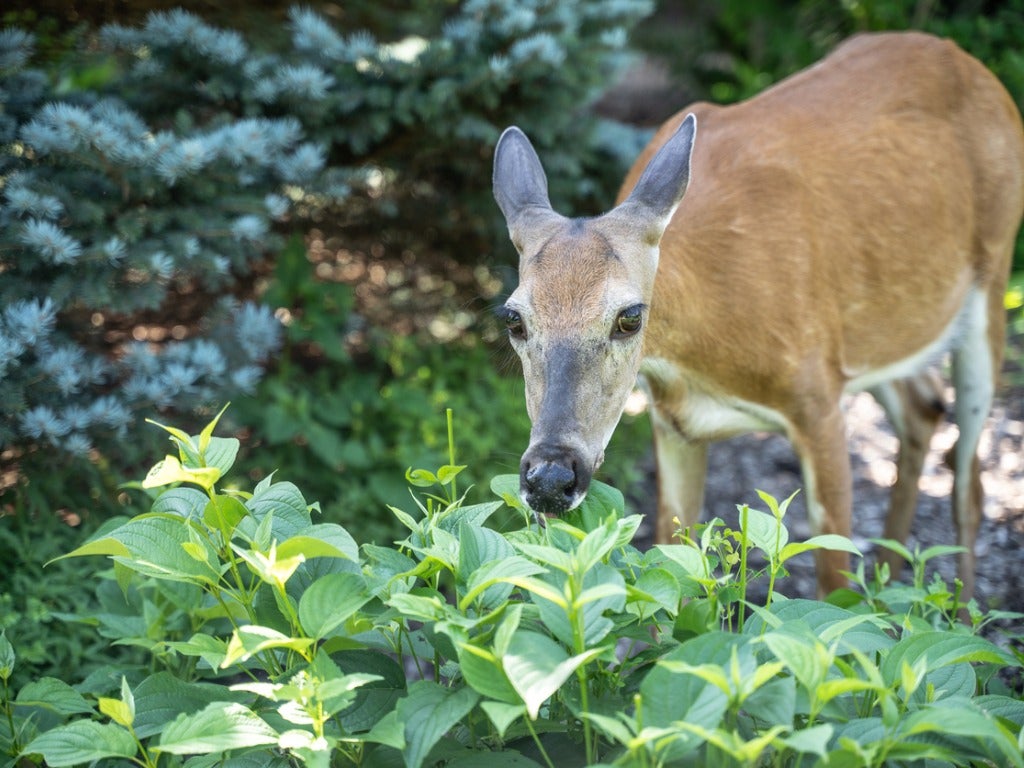 Deer Proof Shade Flowers: Choosing Deer Resistant Flowers For Shade
Deer Proof Shade Flowers: Choosing Deer Resistant Flowers For ShadeWatching deer move through your property can be a peaceful way to enjoy nature. However, they can become a nuisance if they start eating your flowers. If you have a shady garden bed, add flowers they will have no interest in. Click here to learn more.
By Mary Ellen Ellis
-
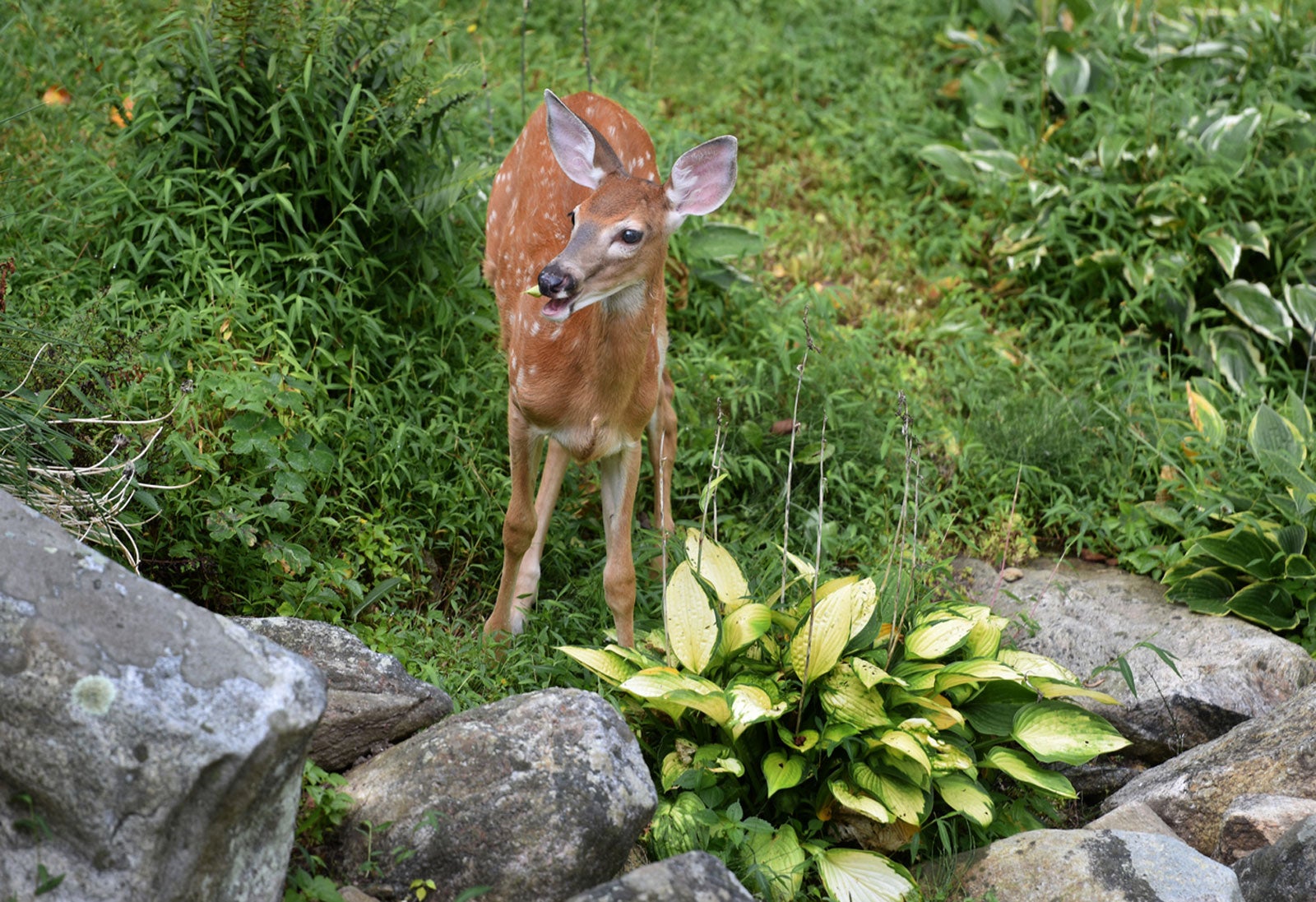 Deer Droppings On Plants: Is Fertilizing With Deer Manure Safe
Deer Droppings On Plants: Is Fertilizing With Deer Manure SafeWhether you love or hate deer, or have a more complicated relationship with them, there is one important question to answer: Can you use deer manure in gardens? Click on the following article to find out more about fertilizing with deer manure.
By Mary Ellen Ellis
-
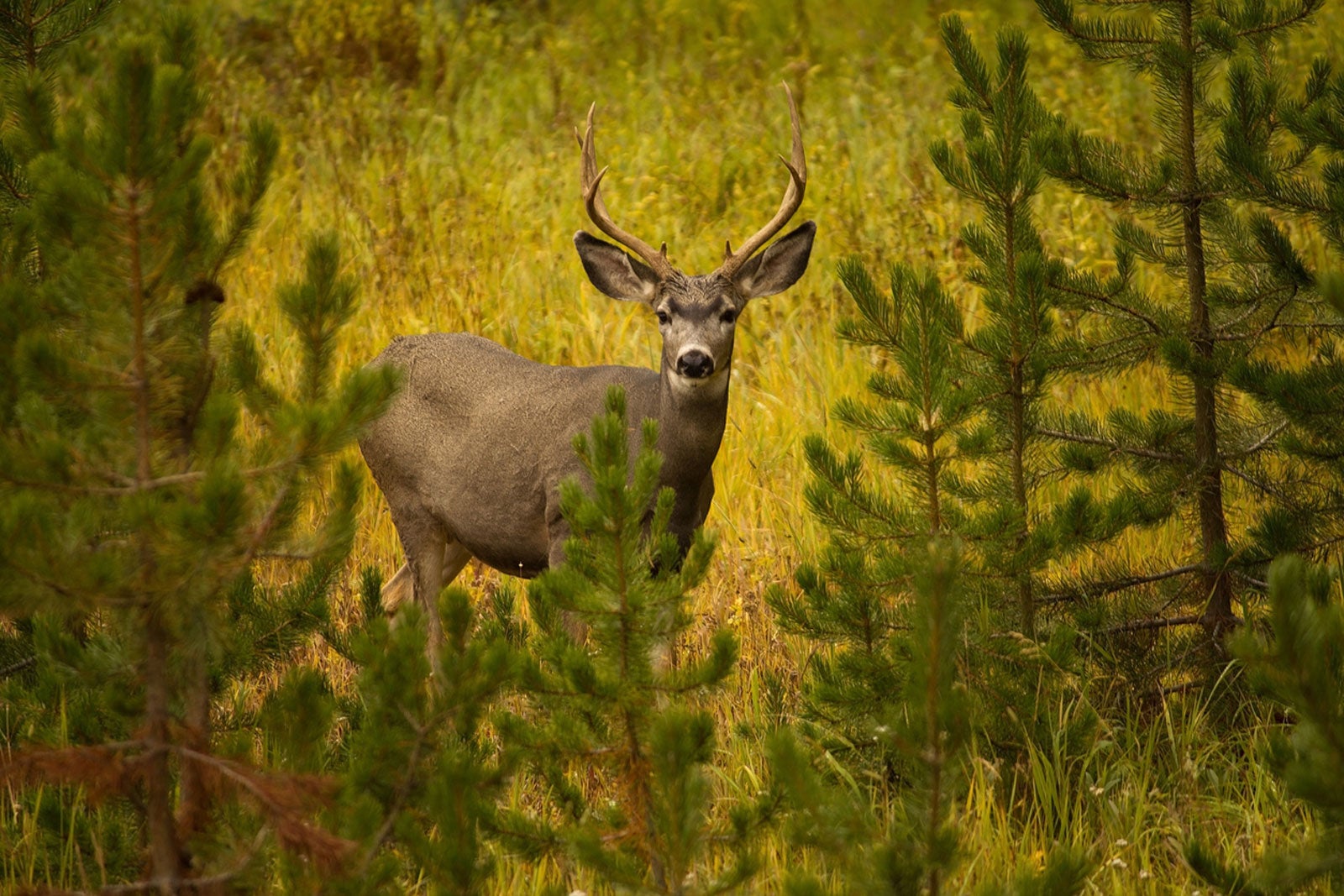 Deer Proof Evergreens: Are There Evergreens Deer Won’t Eat
Deer Proof Evergreens: Are There Evergreens Deer Won’t EatThe presence of deer in the garden can be troublesome. With some proven planting techniques, however, gardeners may be able to reduce the occurrence of damage caused by deer. Planting deer resistant evergreen plants, for example is one method. Learn more here.
By Tonya Barnett
-
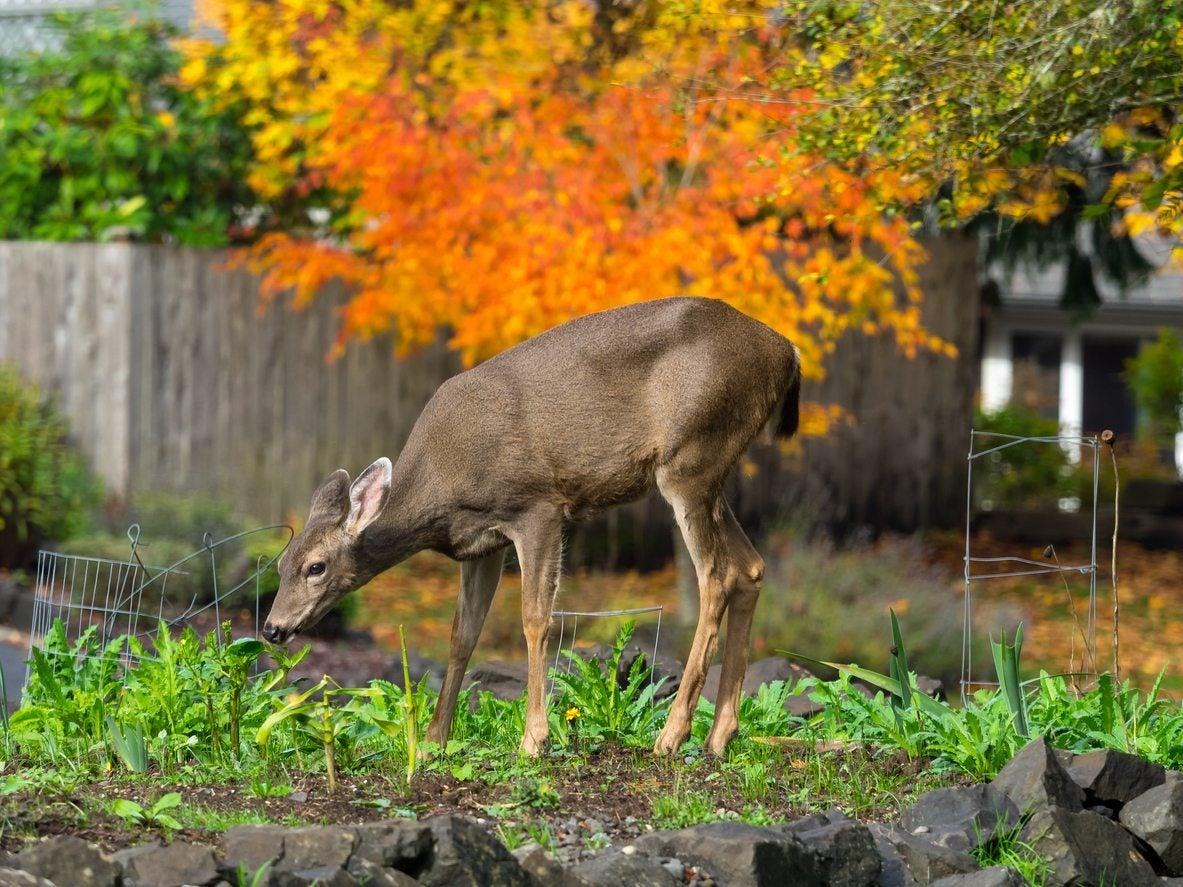 Deer Proof Gardening: What Vegetables Are Deer Resistant
Deer Proof Gardening: What Vegetables Are Deer ResistantThe best defense is a good offense. In deer proof gardening, plants that smell offensive to deer can deter them from their favorite edibles. Planting a garden with edible plants deer don't eat is also a defense. Click here for fruits and vegetables deer won't eat.
By Darcy Larum
-
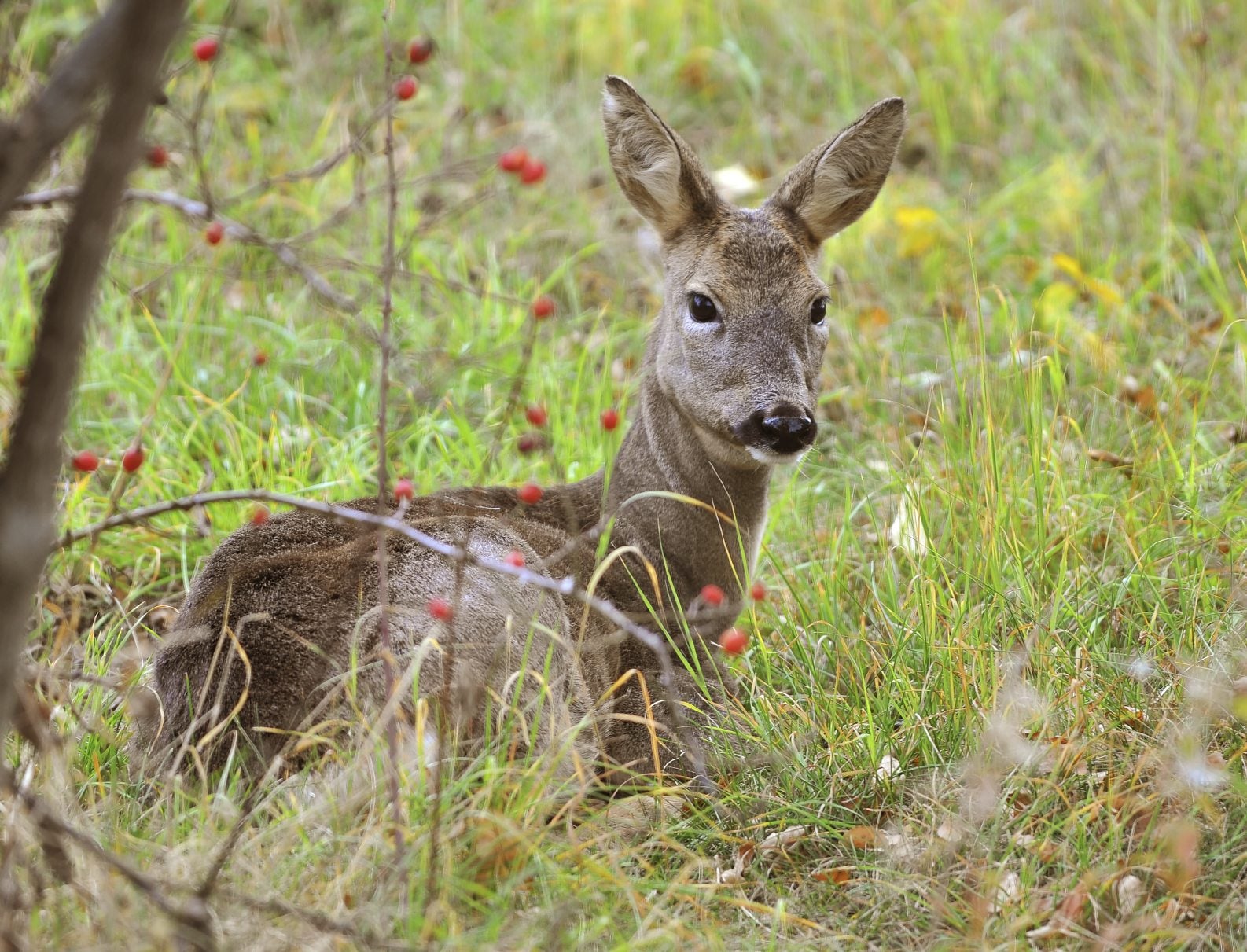 Deer Resistant Garden Plans – Creating A Deer Resistant Garden
Deer Resistant Garden Plans – Creating A Deer Resistant GardenDeer are lovely to watch but not when they are stomping all over your vegetable garden or eating the tops off of your bulbs. Creating a deer resistant garden is a must for any gardener who suffers from these grazing marauders. Learn more here.
By Bonnie L. Grant
-
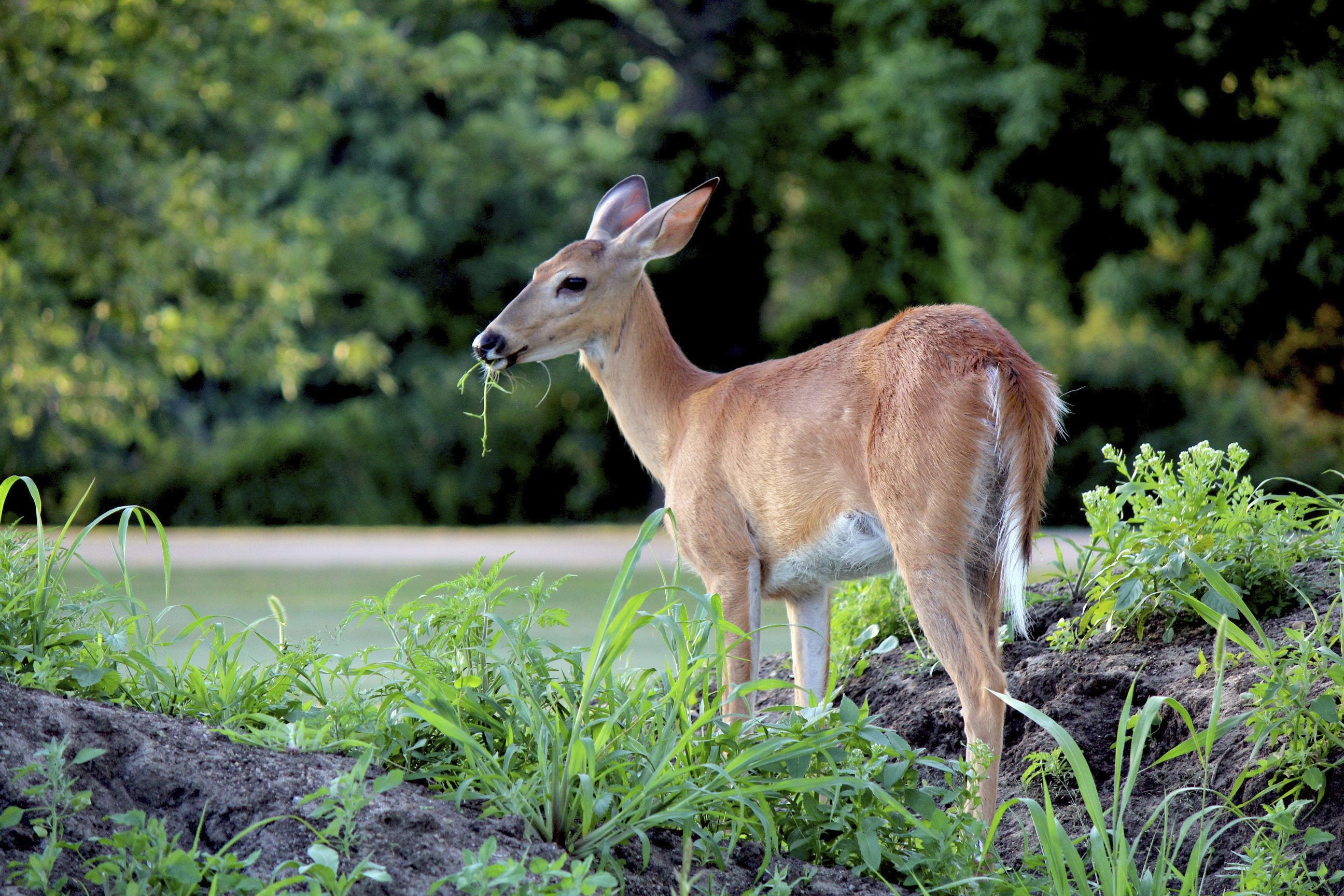 Roses And Deer – Do Deer Eat Rose Plants And How To Save Them
Roses And Deer – Do Deer Eat Rose Plants And How To Save ThemDeer do indeed love the beautiful, succulent growth they find in those meadows and valleys, but they cannot resist a rose garden if there is one close by. Learn how to fix deer damage and prevent more in this article. Click here for more info.
By Stan V. Griep
-
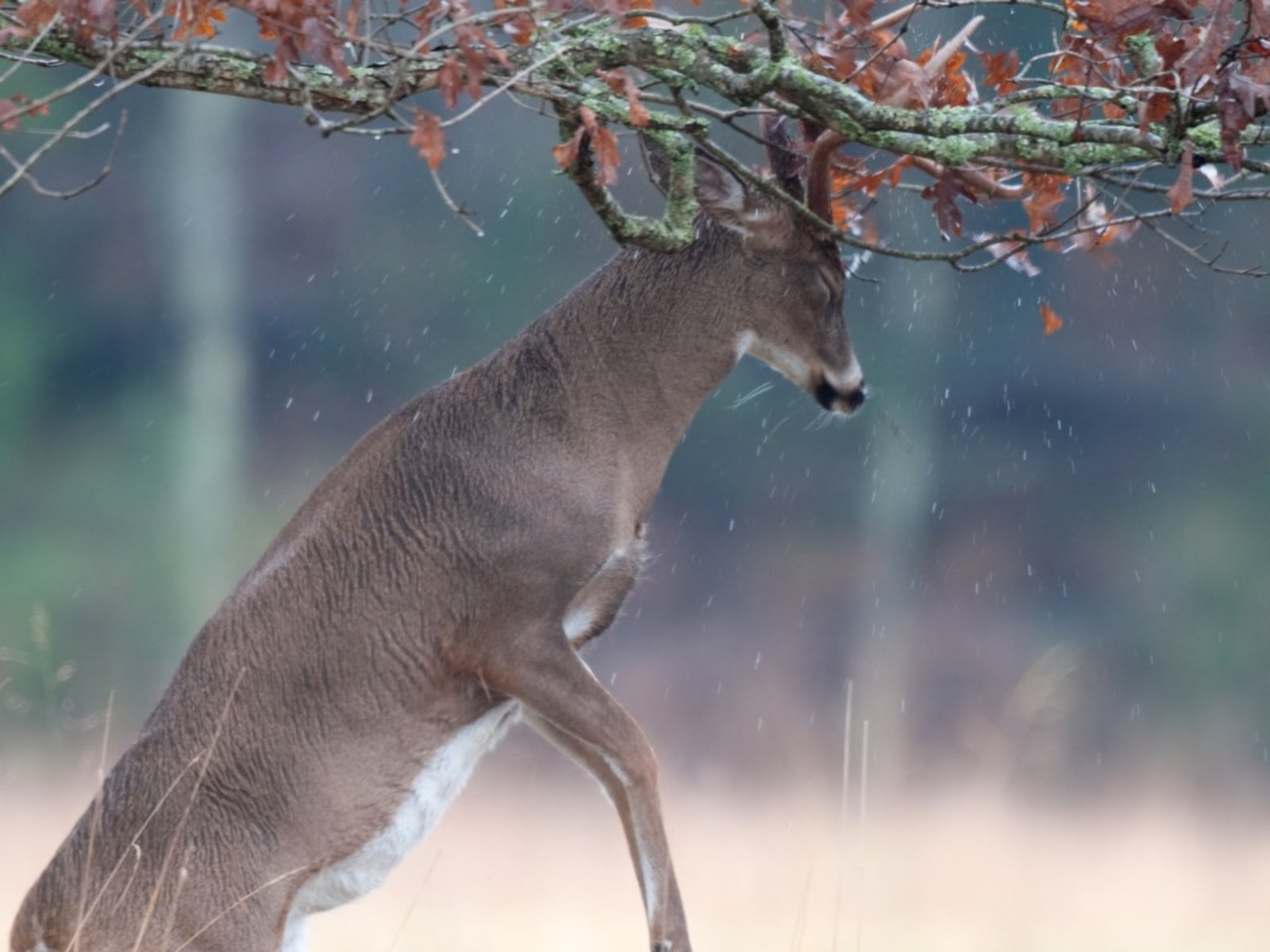 Deer Rubbing Tree Bark: Protecting Trees From Deer Rubs
Deer Rubbing Tree Bark: Protecting Trees From Deer RubsDeer are majestic creatures when they're bounding through open fields and frolicking in someone else's woods. When they come into your yard and start damaging trees, they become something else entirely. Learn more in this article.
By Kristi Waterworth